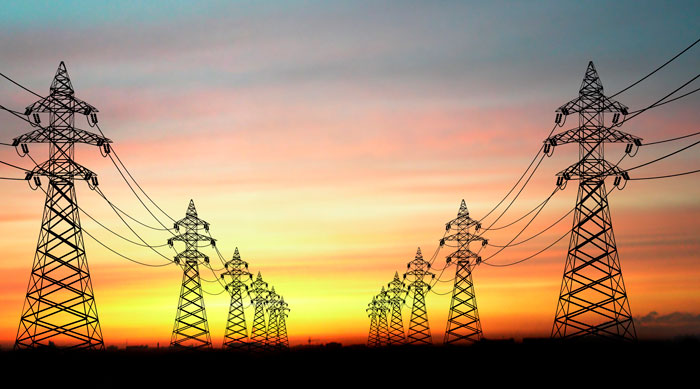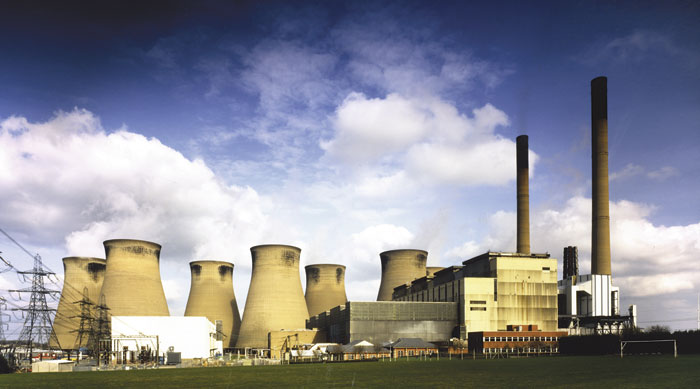For the public sector, budgets have been ever-tightening, which is, as one would expect, a worrying trend for those providers of integral services such as education. Yet, whilst the picture does indeed look bleak from a funding perspective, there is always a way in which organisations can look to maintain the level of service they are able to deliver in a more efficient and cost-effective manner. On-site Power Generation Through systems such as Combined Heat and Power (CHP), organisations, especially those with large, spanning estates, can look to reduce their energy costs considerably through the incorporation of power generation techniques on-site. But this isn’t limited solely to CHP, as, with the increased popularity and recognition of renewable generation surges, additional options are also available, most notably solar PV. And while pursuing this course of action would indeed trump up an initial cost, when looking at the traditional energy usage of say, a university campus, the savings per year through pursuing such power generation techniques is substantial. While today, such schemes won’t bring about any relief from budgetary cuts, tomorrow perhaps, they just might. Energy Reduction Techniques When looking at methods to reduce energy consumption, suffice to say that the best method to pursue depends most aptly on the primary activities and energy use of any given organisation. That said, there are still a few simple, tried-and-tested ways to reduce energy use for most organisational archetypes. One such method is through the usage of motion-sensor LED lights. Though lighting might initially be considered quite a small cost on a day-to-day basis, organisations have increasingly found that, with expanding estates, the costs associated with keeping premises properly lit to be quite costly in the long-term. Through the usage of motion sensing LED lights, organisations can not only improve the efficiency of their lighting solutions while in use, but can also improve larger-scale efficiencies within rooms not in use all day, every day. Procurement Channels While, for the public sector, there are always frameworks abound for organisations to tap into as a source of supply chain developments, this often isn’t the only choice available. Specifically for universities, buying consortiums and groups such as TUCO, ESPO, LUPC and more, offer a range of contractor archetypes, each procured from a value-for-money perspective. This means that, while services may be procured at a more manageable value with budgeting in mind, the level of quality and service remains unquestioned. Arguably, these groups offer an unquestionably essential service for those looking to find best-value within the supply chain. Regardless of method, however, the importance of refining day-to-day organisational efficiencies and costs is paramount. With an increasing number of organisations also offering services for companies to pursue power generation and energy use efficiency techniques, there’s also no excuse not to.












